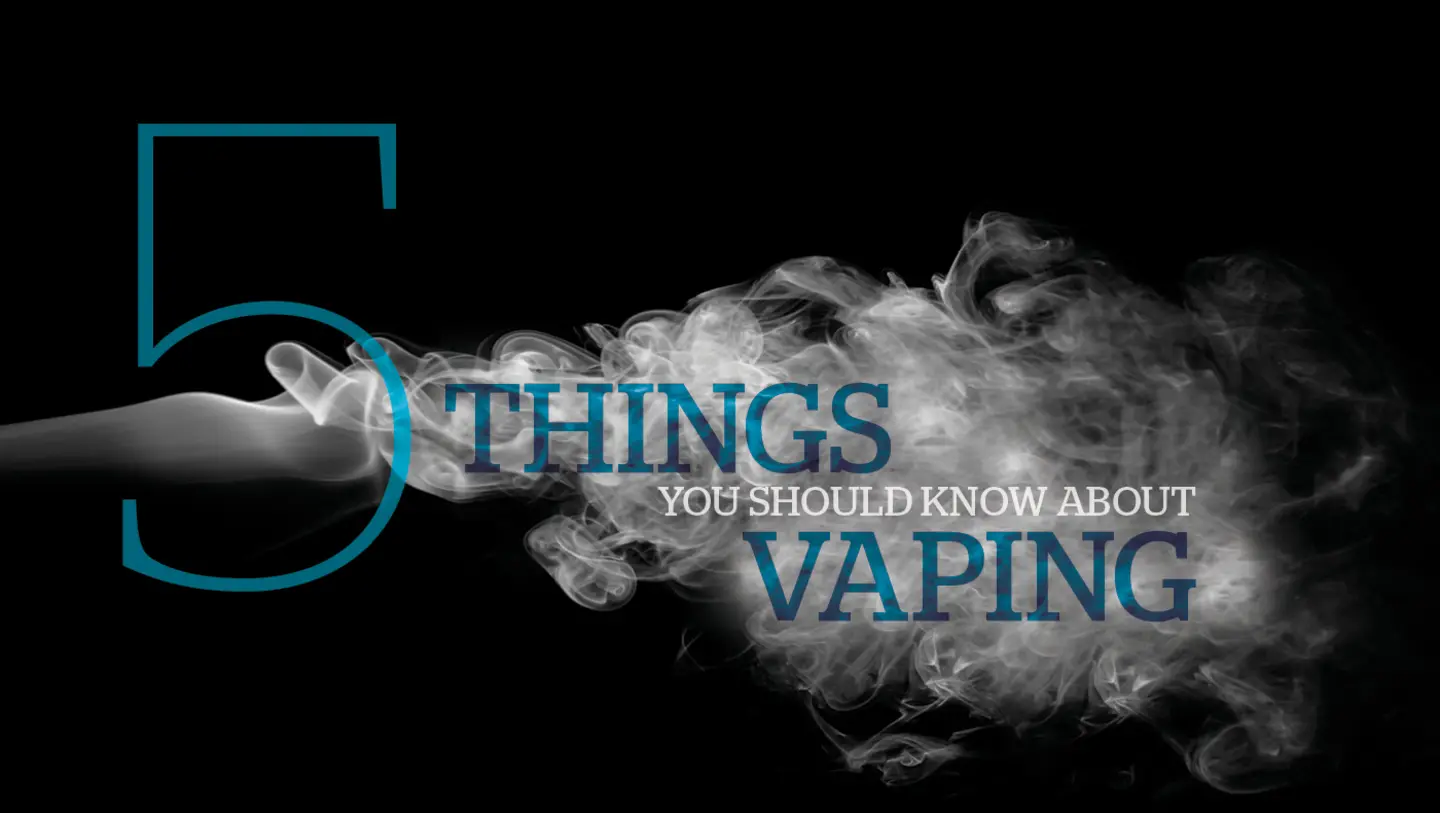
Electronic cigarettes have sparked debate since their introduction in 2008. Concerns flared last summer as a mysterious lung ailment, now dubbed EVALI, hospitalized several thousand Americans and led to more than 50 deaths. A panel discussion, led by a cross-section of faculty members, considered the legal, social and health implications of vaping. Here are highlights.
E-cigarettes were born of good intentions.
Many adult smokers have successfully used the devices to curb cigarette use. Dhaval Dave, Stanton Research Professor of Economics, cites recent findings that vaping devices were twice as effective as nicotine patches, gum or prescription drugs at helping smokers quit. But, as he points out, adult smokers constitute a small portion of e-cigarette users. Most are teens and young adults, of whom 40% had never before used tobacco products.
There’s confusion about ingredients.
In one study, two-thirds of young users said that vaping liquids do not contain nicotine. In fact, virtually all do — along with other toxic ingredients. Zoë Wagner, lecturer in natural and applied sciences, notes that flavoring agents, while approved by the Food and Drug Administration (FDA) for oral consumption, haven’t been tested to determine if they are safe to inhale.
Use by high schoolers is rampant.
The Centers for Disease Control and Prevention reports that 25% of high school students use vaping devices. Nearly half do so because of the appealing range of flavors, such as cotton candy and bubble gum. Studies also show that teens and young adults are more likely to use traditional cigarettes and other tobacco products once they start vaping.
Makers are targeting youth.
Unlike traditional cigarettes, which are bound by strict advertising regulations, e-cigarettes are widely promoted through radio, TV and social media. The latter category, which includes mobile ads and YouTube, is particularly effective in reaching a young audience. Associate Professor of Law Liz Brown warns that companies which expressly target younger consumers are engaged in negligent and even fraudulent marketing, since e-cigarette use is illegal for Americans under age 18.
Regulation is largely lacking.
Most alarming, say Dave, Wagner and Brown: lack of industry oversight. The FDA has regulatory authority via the Tobacco Control Act of 2016, but has yet to enact policies around e-cigarette manufacture, marketing or consumption. Absent federal regulations, state and municipal agencies have imposed their own, from restricting sales to outright bans. The growing number of EVALI cases has kindled greater support for federal oversight, with proponents demanding the FDA take action.

